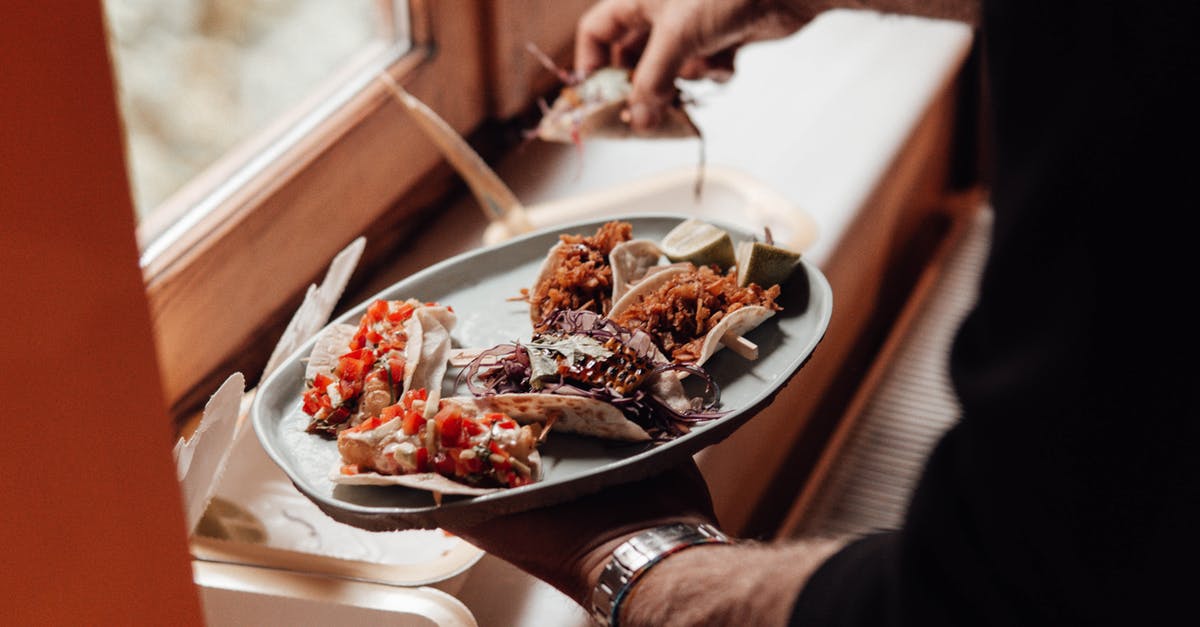Are there different grades of chicken in the US?

I don't know how much the grocery store is doing marketing and how much difference there is between different packages of chicken on their shelves. Locally, two of our best known grocery stores advertise their chicken as being "select" so presumably a better quality chicken than off-the-shelf Perdue.
I've also noticed that one store's "select" chicken breasts are larger than the others. When I cook one store's chicken, it tends to be more rubbery (no matter the size) or the leftovers have a chew that almost makes me wonder if it's undercooked. Strange.
Or is one store just handling it better than the other. Are there different grades of chicken? I'm confused.
Best Answer
Poultry grading in the US is voluntary, while inspection is mandatory. Per the FDA:
Chicken Inspection
All chickens found in retail stores are either inspected by USDA or by State systems which have standards equivalent to the Federal government. Each chicken and its internal organs are inspected for signs of disease. The "Inspected for wholesomeness by the U.S. Department of Agriculture" seal ensures that the chicken is free from visible signs of disease.
Chicken Grading
Inspection is mandatory, but grading is voluntary. Chickens are graded according to the USDA Agricultural Marketing Service's regulations and standards for meatiness, appearance, and freedom from defects. Grade A chickens have plump, meaty bodies and clean skin, free of bruises, broken bones, feathers, cuts, and discoloration.
The actual US poultry grading standards can be found in the USDA document. Grade A chicken overall (the actual standards take 5 pages):
- Looks nice--no discolorations, marks, bruises, or inappropriate cuts
- Has at least 75% of the skin covering it (where appropriate)
- Is plump and "well fleshed"
- All the feathers have been removed
Any chicken that was actually graded will almost certainly be labelled, as it is a marketing issue. Otherwise, it is ungraded but inspected chicken. My personal experience is that most retail chicken, at least where I live, is ungraded.
Factors that affect the toughness or quality of the chicken, in decreasing order of importance, include:
- The age of the bird
- Any injections or additions to the meat, such as a saline brine, by the packer; brining partially denatures the proteins in the meat, and may contribute to the "rubbery" texture mentioned in the question
- The way the bird was treated and fed (some heirloom or boutique chickens are raised in a more traditional manner, where they move about much more, and may have a more varied diet, and so have tougher, but more flavorful meat as a result--but I don't want to turn this into a political treatise on poultry production methods)
- The breed of the bird
The size of commercial chicken is almost entirely related to the age of the chicken; thus the relative toughness of the meat is fairly well correlated with size.
Pictures about "Are there different grades of chicken in the US?"



What are the three grades of poultry in the US?
The U.S. consumer grades for poultry are U.S. Grades A, B, and C. Grading involves evaluating poultry in terms of the stan- dards to determine the grade. Figures 11-14 show an A quality young chicken, turkey, duck, and goose.What is the difference between Grade A and Grade B chicken?
Grades B and C typically go on for further processing where the meat is ground or chopped up. Grade A cuts are cuts that are virtually free of bruising, cuts, defects, and feathers. They also cannot have broken bones if they are bone-in cuts.What is USDA Grade A chicken?
Grade A chickens have plump, meaty bodies and clean skin, free of bruises, broken bones, feathers, cuts and discoloration. According to AMS, Grade A is the only grade you are likely to see in the store.Does the FDA grade poultry?
Administration of both mandatory and voluntary Federal inspection is the responsibility of USDA's Food Safety and Inspection Service (FSIS). After poultry has passed inspection and is ready to be graded or certified, the grader must be sure that it is still in a wholesome condition.Showing All Chicken Breeds Originally from the USA
More answers regarding are there different grades of chicken in the US?
Answer 2
When I cook one store's chicken, it tends to be more rubbery (no matter the size) or the ? leftovers have a chew that almost makes me wonder if it's undercooked. Strange.
SAJ14SAJ provided an excellent summary of chicken grading, though I find the chicken in my local stores is not graded.
The texture you're experiencing is likely the result of injecting the chicken with a brine. The packaging will say something along the lines of "may contain up to 8% solution" or something of that nature. It will definitely turn the chicken rubbery! Other than that, chicken is typically "water chilled", where the birds are plunged into an ice bath to get their temperature down. These chickens will absorb some water as well, though they won't be anywhere near as "squishy" as an injected bird.
To find out for sure: search out an "air chilled" bird (these will be marked as well since it's a marketing point) from the same store and see if the texture is more to your liking. I find that I strongly prefer air-chilled chicken, but some people will barely notice the difference.
Sources: Stack Exchange - This article follows the attribution requirements of Stack Exchange and is licensed under CC BY-SA 3.0.
Images: Katerina Holmes, Katerina Holmes, furkanfdemir, Rahul Pandit
